Rising rents have been hitting many U.S. households hard in recent months. After remaining flat for most of 2020, the national median rent rose by 17.6% in 2021 and is already up another 6.7% year-over-year in 2022. And as the largest regular expense that most households face, the rise in housing costs is squeezing budgets in every other category.
Price pressures from rent are especially challenging for college students, especially first generation college students and students from low-income families. Students often lack the rental history or savings for deposits that help them get approved for a rental. Academic obligations may limit students’ ability to work and earn money to put toward rent, so they frequently take out more in loans to cover living costs in addition to tuition and fees. And while many colleges offer housing to students, on-campus housing supply is not always sufficient to meet student demand—and, in some cases, may not even be more affordable than off-campus options. As a result of these issues, students often struggle to find adequate housing. According to research from the U.S. Department of Housing and Urban Development, tens of thousands of college students are homeless.
Students’ challenges with finding housing also have consequences for their success in school. Research has found statistically significant relationships between housing insecurity and college persistence and completion. The insecurity can also lead to greater stress, worse physical health, and increased incidence of depression.
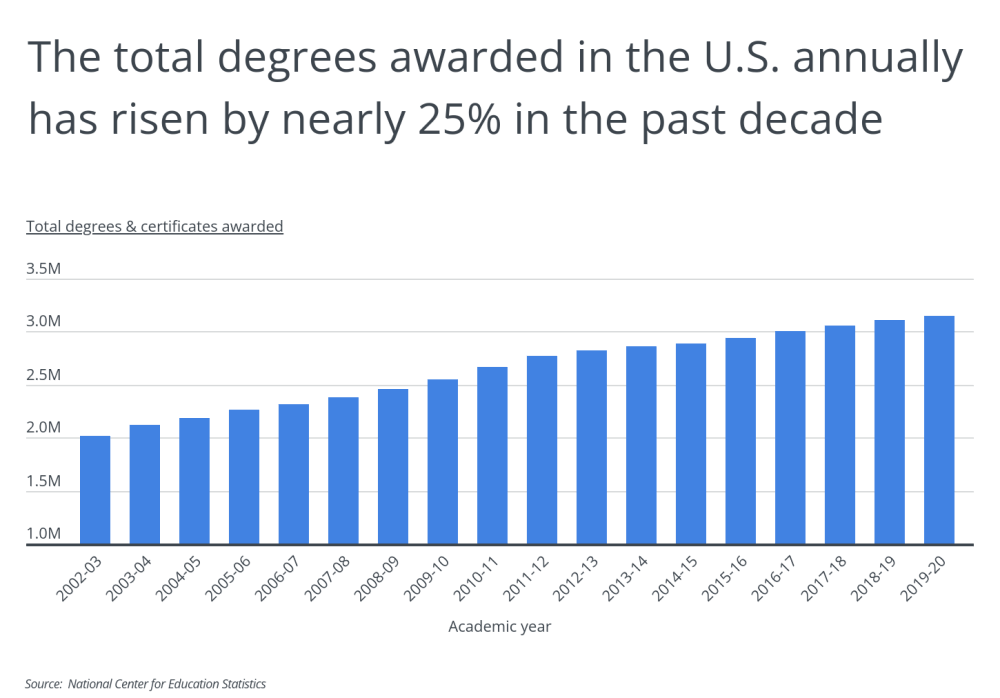
The student housing issue has grown in scope and significance over the last two decades as record numbers of students pursue higher education. The 72 million member Millennial generation first reached college in 2000 and have since become the most educated generation in U.S. history. Enrollments of nontraditional students also grew following the Great Recession as more adults pursued new careers or additional credentials to be competitive in a difficult job market. As a result of these trends, the total number of degrees and certificates awarded annually grew by more than 56% since 2002, and nearly 25% since 2010.
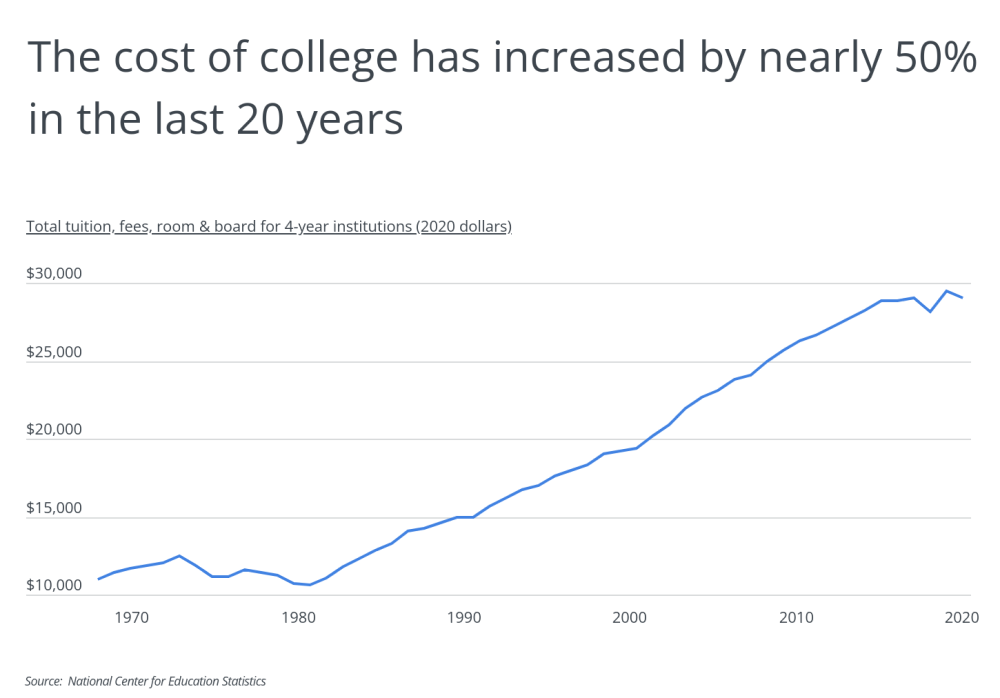
Amid this boom in enrollments, total college costs have also increased substantially. The cost of tuition, fees, room, and board at a four-year college have increased by 49.5% over the last two decades, after adjusting for inflation. Today, on average for both public and private institutions, the total cost to attend a four-year school is $29,033. As housing costs continue to rise, that figure is poised to grow in coming years.
LEARN MORE
Do you need electrical work done in your home? Don’t try to sort the mess out yourself. Porch has detailed cost estimates and customer reviews for the best local electricians, wherever you live.
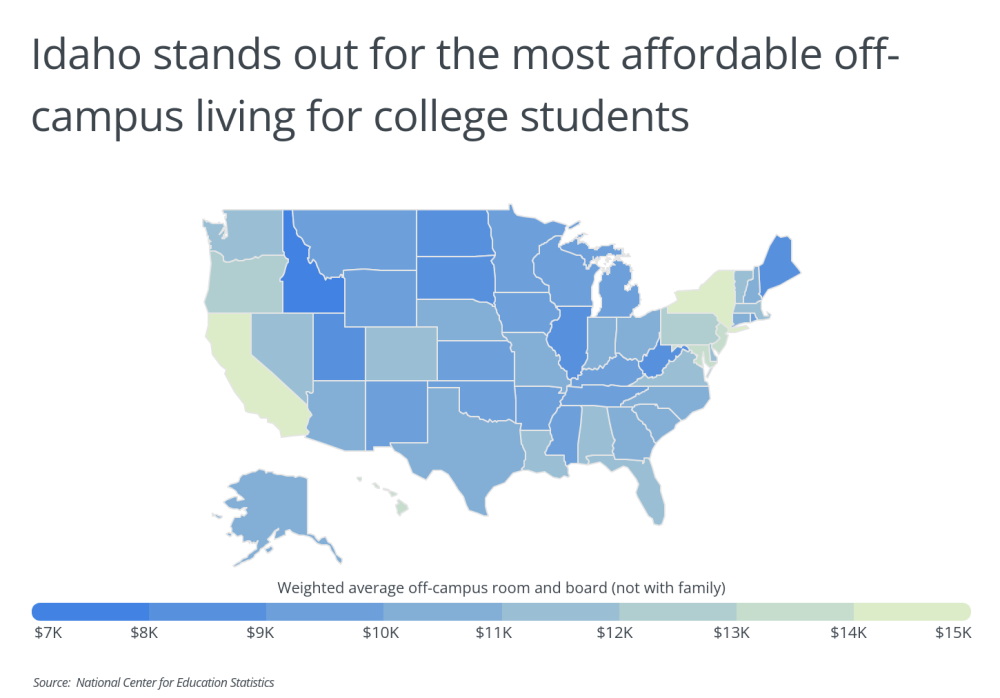
Students struggle the most with housing costs in locations where housing is expensive for all renters. The average costs of off-campus room and board are highest in some of the most expensive states in the U.S., including California, Hawaii, and New York. In contrast, the most affordable states for college students include Utah, Idaho, and Maine.
Certain college towns offer reasonable rents for student residents. Twelve major metros in the U.S. have average room and board costs below $10,000 per year, and three have costs below $8,000 annually. Many of these locations for affordable student housing also have cost of living below the national average, making them potentially good options for cost-conscious students when choosing where to live.
The data used in this analysis is from the Nation Center for Education Statistics’ Integrated Postsecondary Education Data System and the U.S. Bureau of Economic Analysis’ Regional Price Parities. To determine the best locations for student renters, researchers at Porch calculated the weighted average of off-campus room and board (not including those living with family) for the 2020-2021 academic year, with lower values being ranked higher. In the event of a tie, the location with the lower weighted average of on-campus room and board was ranked higher.
Here are the best U.S. metropolitan areas for student renters.
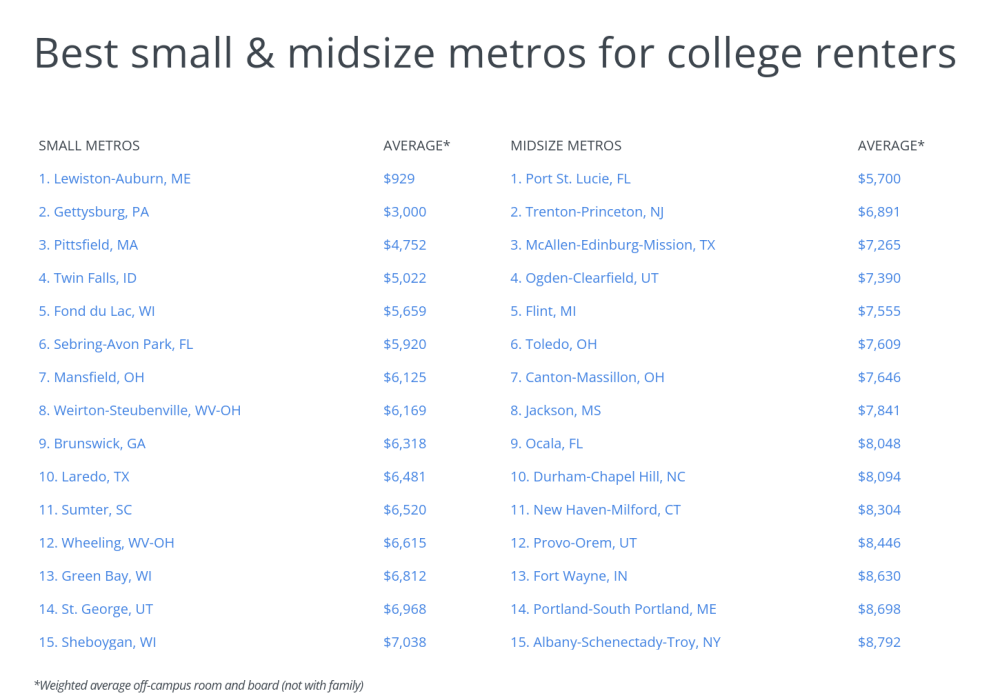
Best Large Metros for College Renters

Photo Credit: Sean Pavone / Shutterstock
15. Salt Lake City, UT
- Average off-campus room and board (not with family): $10,339
- Average on-campus room and board: $9,666
- Overall cost of living (compared to average): -2.3%
- Total undergraduate enrollment (Fall 2020): 28,505
- Total graduate enrollment (Fall 2020): 9,026
DID YOU KNOW?
A handyman often has carpentry or construction experience and has the know-how to tackle a variety of projects, including painting jobs, small repairs, and TV mounting or hanging mirrors. Let Porch help you find a trusted handyman near you.

Photo Credit: Sunstopper1st / Shutterstock
14. Indianapolis-Carmel-Anderson, IN
- Average off-campus room and board (not with family): $10,279
- Average on-campus room and board: $10,834
- Overall cost of living (compared to average): -5.3%
- Total undergraduate enrollment (Fall 2020): 36,699
- Total graduate enrollment (Fall 2020): 12,290

Photo Credit: Ken Schulze / Shutterstock
13. Jacksonville, FL
- Average off-campus room and board (not with family): $10,224
- Average on-campus room and board: $9,508
- Overall cost of living (compared to average): -3.7%
- Total undergraduate enrollment (Fall 2020): 46,044
- Total graduate enrollment (Fall 2020): 3,685

Photo Credit: Wangkun Jia / Shutterstock
12. San Antonio-New Braunfels, TX
- Average off-campus room and board (not with family): $9,935
- Average on-campus room and board: $9,872
- Overall cost of living (compared to average): -2.1%
- Total undergraduate enrollment (Fall 2020): 49,064
- Total graduate enrollment (Fall 2020): 11,313

Photo Credit: Sean Pavone / Shutterstock
11. Memphis, TN-MS-AR
- Average off-campus room and board (not with family): $9,848
- Average on-campus room and board: $9,559
- Overall cost of living (compared to average): -7.3%
- Total undergraduate enrollment (Fall 2020): 23,779
- Total graduate enrollment (Fall 2020): 5,255

Photo Credit: Wangkun Jia / Shutterstock
10. Rochester, NY
- Average off-campus room and board (not with family): $9,801
- Average on-campus room and board: $14,406
- Overall cost of living (compared to average): -1.7%
- Total undergraduate enrollment (Fall 2020): 40,593
- Total graduate enrollment (Fall 2020): 11,667
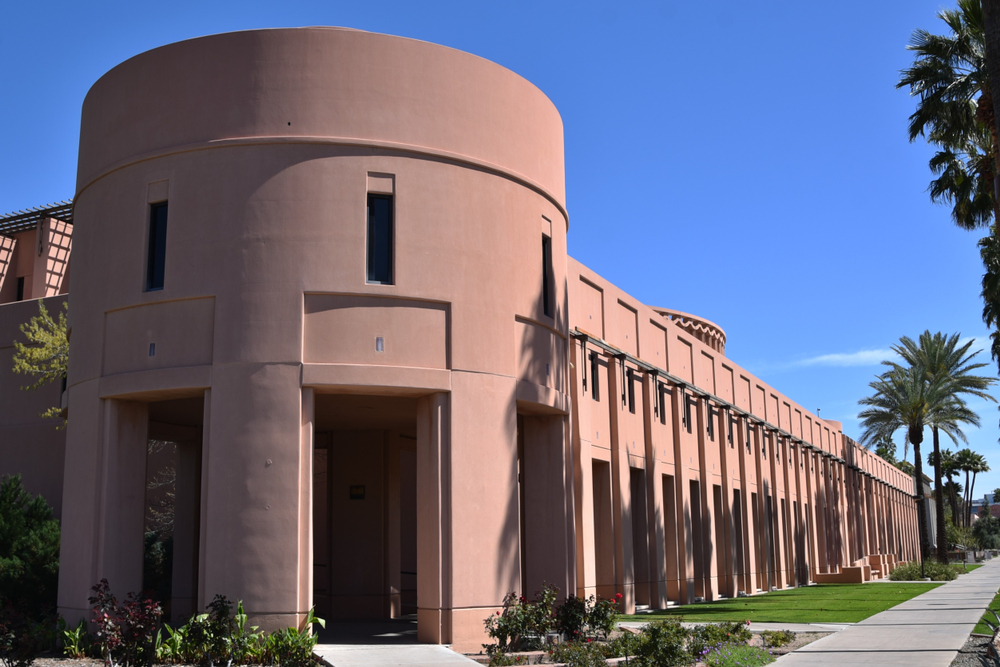
Photo Credit: Thomas Trompeter / Shutterstock
9. Phoenix-Mesa-Chandler, AZ
- Average off-campus room and board (not with family): $9,726
- Average on-campus room and board: $13,124
- Overall cost of living (compared to average): +2.6%
- Total undergraduate enrollment (Fall 2020): 67,484
- Total graduate enrollment (Fall 2020): 11,851

Photo Credit: digidreamgrafix / Shutterstock
8. Charlotte-Concord-Gastonia, NC-SC
- Average off-campus room and board (not with family): $9,563
- Average on-campus room and board: $11,675
- Overall cost of living (compared to average): -5.4%
- Total undergraduate enrollment (Fall 2020): 42,557
- Total graduate enrollment (Fall 2020): 8,942
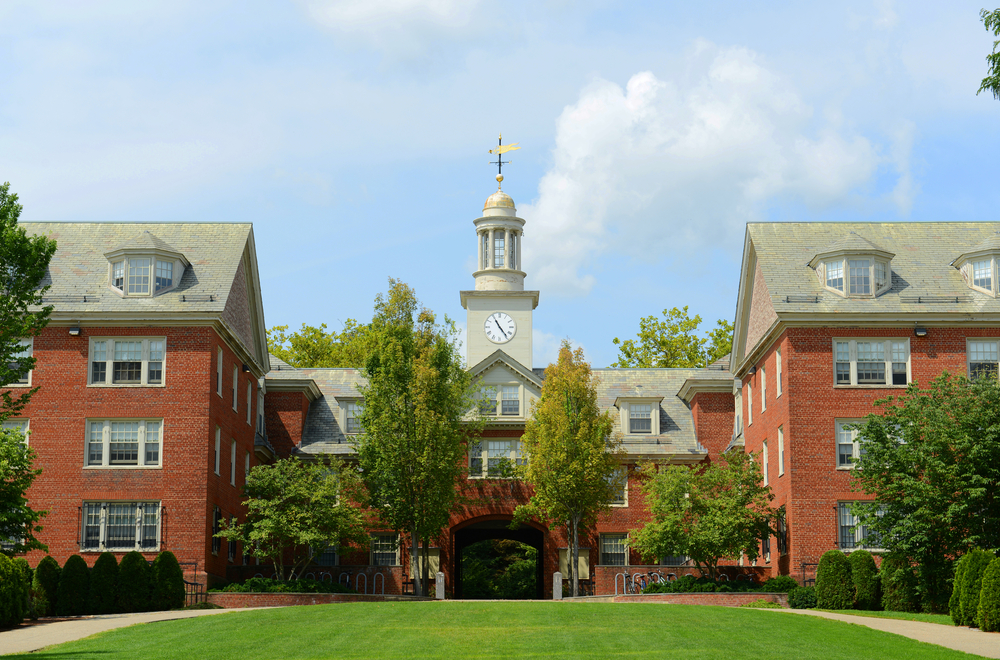
Photo Credit: Wangkun Jia / Shutterstock
7. Providence-Warwick, RI-MA
- Average off-campus room and board (not with family): $9,557
- Average on-campus room and board: $14,780
- Overall cost of living (compared to average): +1.2%
- Total undergraduate enrollment (Fall 2020): 60,751
- Total graduate enrollment (Fall 2020): 12,021

Photo Credit: Ingus Kruklitis / Shutterstock
6. Orlando-Kissimmee-Sanford, FL
- Average off-campus room and board (not with family): $9,453
- Average on-campus room and board: $5,577
- Overall cost of living (compared to average): -1.3%
- Total undergraduate enrollment (Fall 2020): 133,668
- Total graduate enrollment (Fall 2020): 11,614
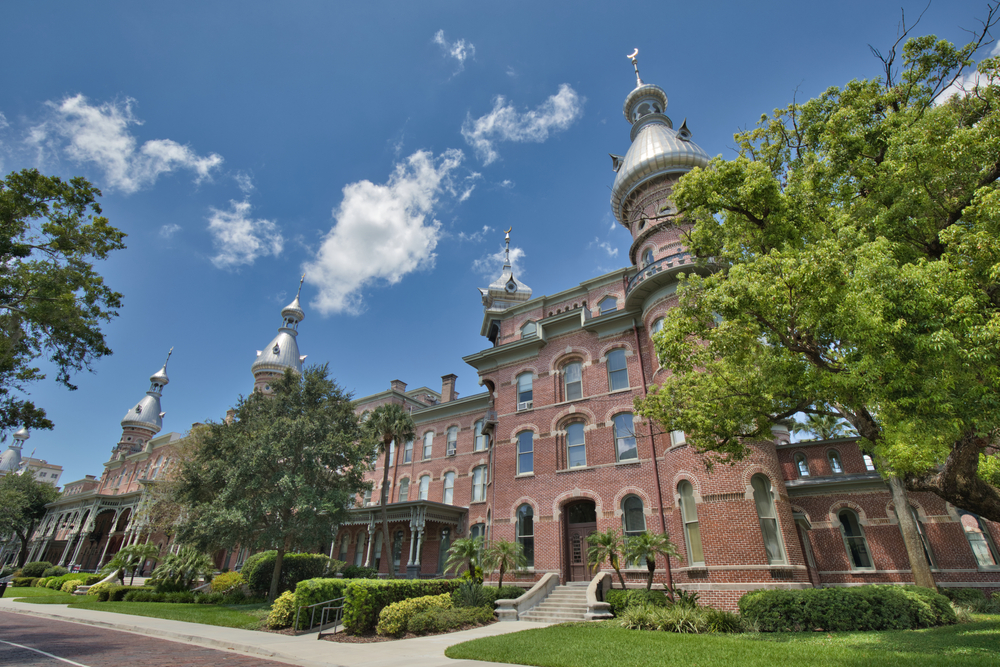
Photo Credit: glenrichardphoto / Shutterstock
5. Tampa-St. Petersburg-Clearwater, FL
- Average off-campus room and board (not with family): $9,441
- Average on-campus room and board: $7,610
- Overall cost of living (compared to average): -0.9%
- Total undergraduate enrollment (Fall 2020): 86,770
- Total graduate enrollment (Fall 2020): 13,311
TRENDING
If you don’t have hot water in your house, you may want to look into how much it will cost to repair or replace your water heater. A plumber will certainly be able to resolve the issue, and we can connect you with the best plumbers in town.
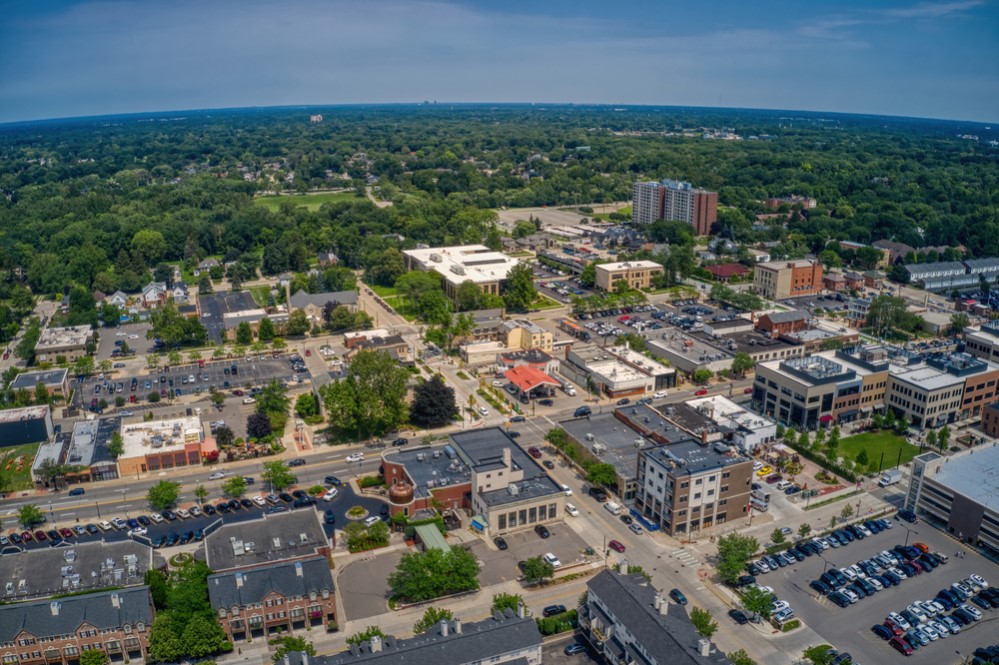
Photo Credit: Jacob Boomsma / Shutterstock
4. Detroit-Warren-Dearborn, MI
- Average off-campus room and board (not with family): $9,342
- Average on-campus room and board: $7,212
- Overall cost of living (compared to average): -2.9%
- Total undergraduate enrollment (Fall 2020): 69,820
- Total graduate enrollment (Fall 2020): 18,179

Photo Credit: Henryk Sadura / Shutterstock
3. Louisville/Jefferson County, KY-IN
- Average off-campus room and board (not with family): $7,953
- Average on-campus room and board: $9,484
- Overall cost of living (compared to average): -8.1%
- Total undergraduate enrollment (Fall 2020): 27,085
- Total graduate enrollment (Fall 2020): 12,335
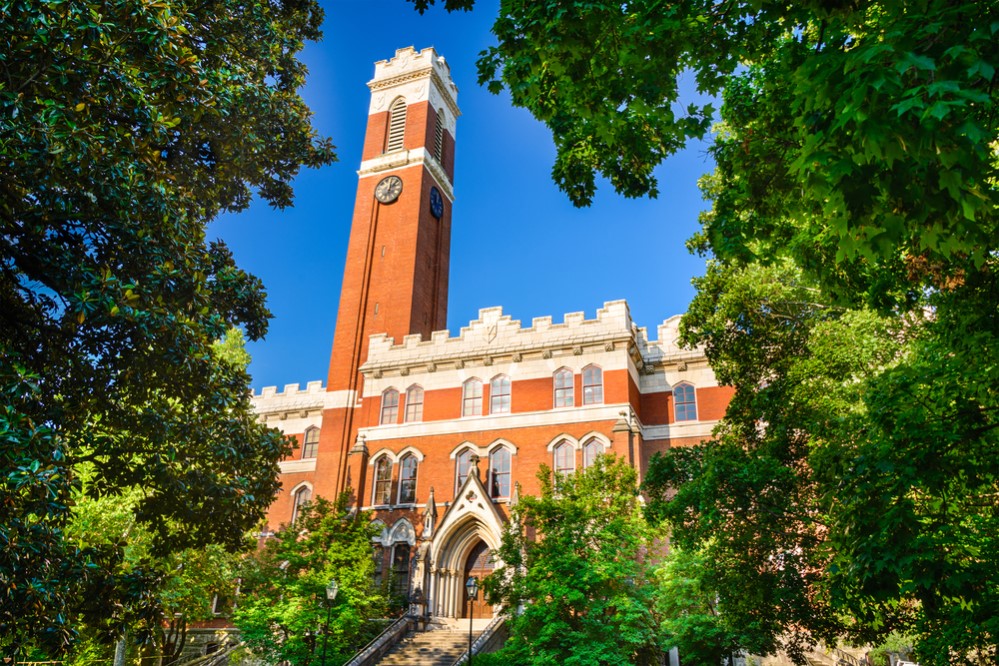
Photo Credit: Sean Pavone / Shutterstock
2. Nashville-Davidson–Murfreesboro–Franklin, TN
- Average off-campus room and board (not with family): $7,745
- Average on-campus room and board: $11,452
- Overall cost of living (compared to average): -3.0%
- Total undergraduate enrollment (Fall 2020): 48,532
- Total graduate enrollment (Fall 2020): 16,695

Photo Credit: Photosbykaity / Shutterstock
1. Grand Rapids-Kentwood, MI
- Average off-campus room and board (not with family): $7,156
- Average on-campus room and board: $9,990
- Overall cost of living (compared to average): -5.3%
- Total undergraduate enrollment (Fall 2020): 34,691
- Total graduate enrollment (Fall 2020): 4,812
Detailed Findings & Methodology
The data used in this analysis is from the Nation Center for Education Statistics’ Integrated Postsecondary Education Data System and the U.S. Bureau of Economic Analysis’ Regional Price Parities. To determine the best locations for student renters, researchers at Porch calculated the weighted average of off-campus room and board (not including those living with family) for the 2020-2021 academic year, with lower values being ranked higher. In the event of a tie, the location with the lower weighted average of on-campus room and board was ranked higher. To improve relevance, only metropolitan areas with at least 100,000 residents were included. Additionally, metros were grouped into cohorts based on population size: small (100,000–349,999), midsize (350,000–999,999), and large (1,000,000 or more). Additionally, schools where a majority of students attended through distance learning (remote/online) were not considered in this analysis.



